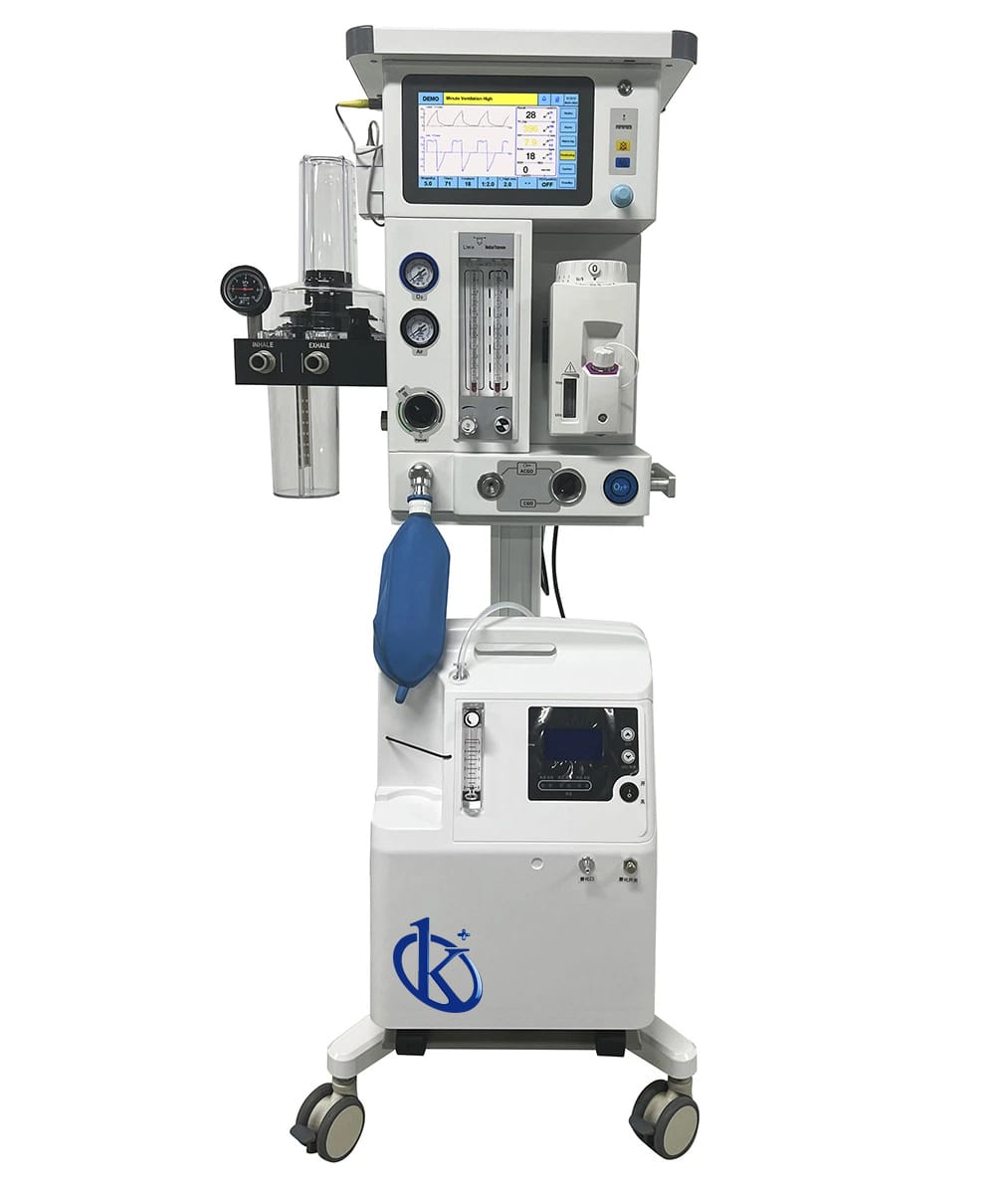In veterinary medicine, ensuring the safety and well-being of our beloved animal companions during surgical procedures is a top priority. A crucial piece of equipment in achieving this is the veterinary anesthesia machine.
These machines are specifically designed to provide safe and controlled administration of anesthesia, allowing veterinarians to perform surgical interventions effectively and with minimal risk to pets.
Are you yearning for top-tier medical equipment, ready to enhance the efficiency of your laboratory? Visit https://kalstein.de/category-product/veterinary-sector/veterinary-balances/ to explore our high-end catalog, packed with the best finds at the most competitive prices. Excellence marks our brand, we innovate and manufacture high-precision equipment, both reliable and durable to meet your needs. Why wait? Make your quick and secure online purchase, take the leap towards the future of medical technology today. https://kalstein.de/
Types of Veterinary anesthesia machines
Today’s market offers a variety of veterinary anesthesia machines, each with different features and capabilities. For example, the VETA5 machine from Hergom Medical is designed to accommodate a wide range of animal sizes and species, offering flexibility and precision in anesthesia delivery.
Another example is the AN6 model from Desego, which stands out for its ability to carefully control and monitor anesthesia dosage, ensuring that every procedure is as safe as possible.
Features of Veterinary anesthesia machines
A typical veterinary anesthesia machine includes several essential features, such as adjustable vaporizers for different anesthetic agents, respiratory gas monitors, and assisted ventilation systems.
These features allow precise control of the anesthesia administered and continuous monitoring of the patient’s condition. Additionally, many modern machines include integrated alarm and safety systems that alert the operator in case of any irregularities during the procedure.
Why Veterinary anesthesia machines Are Priced As They Are
The cost of a veterinary anesthesia machine may seem high at first glance, but it’s important to consider the factors influencing its price.
The advanced technology and high-quality materials used in their manufacture ensure these machines are durable and reliable. Moreover, the precision and safety they provide are crucial for the success of veterinary surgical procedures, thus justifying the investment.
Comparing Veterinary anesthesia machines with Similar Products
Comparing different veterinary anesthesia machines can be challenging due to the variety of models and specifications available.
For instance, the VETA5 machine from Hergom Medical offers excellent value for money, while the AN6 from Desego is noted for its robustness and advanced features. It’s essential to assess the specific needs of your clinic and patients to select the machine that best fits your requirements.
Pros and Cons of Veterinary anesthesia machines
Pros |
Cons |
|
Precise administration of anesthesia |
High initial cost |
|
Continuous patient monitoring and safety |
Requires specialized training for use |
|
Adaptability to different animal species and sizes |
Regular maintenance and calibration needed |
|
Integrated alarm and safety systems |
Potential need for future technological updates |
|
Better control of surgical conditions |
Dependence on electrical power |
|
Reduced risk of anesthetic complications |
Additional costs for accessories and consumables |
|
Improved postoperative recovery rates |
Limited availability in some regions |
|
User-friendly interface |
Requires adequate space for installation |
Advantages of These Veterinary anesthesia machines
Modern veterinary anesthesia machines not only ensure safety during surgical procedures but also improve the operational efficiency of veterinary clinics.
The ability to administer anesthesia accurately and safely significantly reduces the risk of complications, which in turn improves postoperative recovery rates and overall client satisfaction.
Additional Benefits of These Veterinary anesthesia machines
Beyond safety and precision, these machines enable veterinarians to perform a wide range of procedures with greater confidence and control.
The versatility in using different anesthetic agents and the ability to continuously monitor the patient’s vital signs provide a safer and more controlled environment during surgeries.
Reviews on Veterinary anesthesia machines
Veterinary professionals who have used these machines highlight their reliability and ease of use. Reviews generally emphasize how these devices have improved the quality of care and surgical outcomes in their clinics.
Investing in a good anesthesia machine is seen as a decision that brings significant benefits for both patients and veterinary healthcare providers.
Frequently Asked Questions
1. How long is the lifespan of a veterinary anesthesia machine?
The lifespan of a veterinary anesthesia machine can vary depending on the model and usage, but with proper maintenance, these devices can last over 10 years.
2. What maintenance is required for a veterinary anesthesia machine?
Regular maintenance includes calibrating the vaporizers, cleaning filters and ventilation systems, and periodic checks of gas monitors.
3. Is it difficult to operate a veterinary anesthesia machine?
No, modern machines are designed to be intuitive and easy to use, although proper training is recommended to maximize safe and efficient use.
4. What types of anesthetic agents can be used with these machines?
These machines are compatible with a wide variety of anesthetic agents, such as isoflurane and sevoflurane, which can be adjusted according to patient needs.
5. How do these machines ensure patient safety during anesthesia?
They incorporate monitoring systems and alarms that allow continuous supervision of the patient’s vital signs, alerting the operator to any irregularities.
6. Is investing in a veterinary anesthesia machine worth it?
Yes, the investment is justified by the improvement in safety, efficiency, and surgical outcomes, translating to higher client satisfaction and success in veterinary practice.
Conclusions on These Veterinary anesthesia machines
Investing in a high-quality veterinary anesthesia machine is essential to ensure the safety and well-being of pets during surgical procedures. These machines offer precise anesthesia administration, continuous monitoring, and advanced safety systems, resulting in significant improvements in surgical outcomes and client satisfaction.
By comparing different models and considering your clinic’s specific needs, you can find the machine that best suits your requirements, thus ensuring superior care for your patients.

